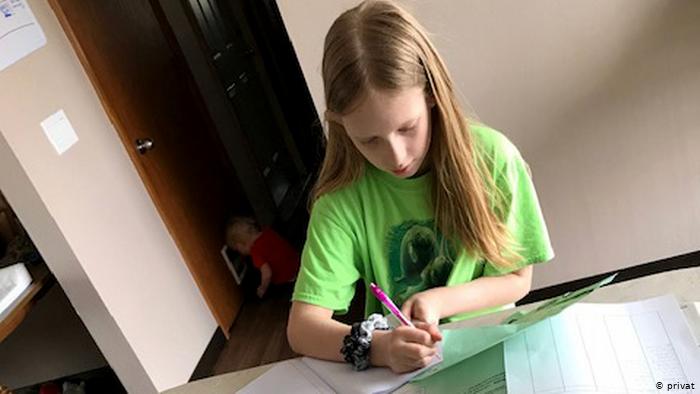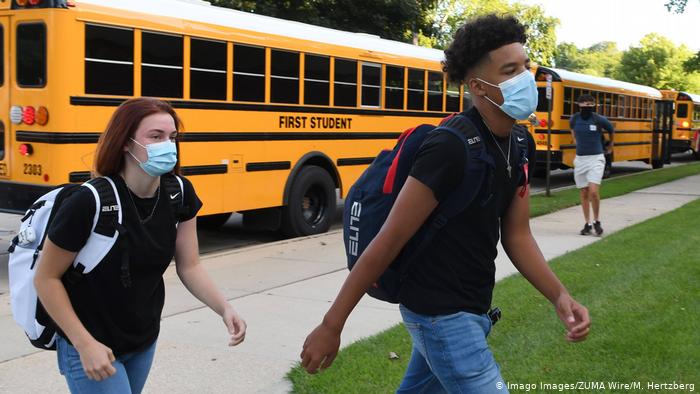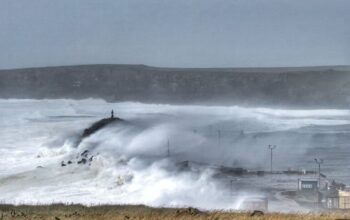As coronavirus cases and deaths continue to rise in the US, many schools across the country have reopened or are set to do so. How worried are students, parents and teachers about the prospect of crowded classrooms?
It’s dinner time at Jaime Uitenbroek’s house in Freedom, Wisconsin. She is taking the reporter’s Zoom call from the kitchen, where she’s slicing chicken while the mayhem from her two younger children, Jacob (2) and Claire (4) can be heard in the background. From the way she and oldest daughter Jordyn (11) manage to talk over the noise, you can tell that Uitenbroek isn’t fazed by a little chaos. But still, almost five months of having all three kids in the house all the time hasn’t been easy for the 30-year old, who runs her own health and wellness business from home.
“They have been here for forever,” she says.

Since March 16, to be exact. That is when the Freedom school district sent kids home and closed all schools because of the coronavirus pandemic. It’s been the same for practically all 54 million students in the US: They had to trade their classroom desks for kitchen tables and face-to-face conversations with their teachers for video calls and distance-learning programs.
But now schools are getting ready to start back up. US President Donald Trump has made it very clear he wants a return to normal and has threatened to cut federal funding for public schools that don’t reinstate in-person instruction. But health experts have pointed out that sending students back into crowded classrooms without proper precautions endangers not only the children themselves, but also parents, teachers and other school staff.
“Why are we asking teachers, students and administrators to go back to school if people can’t go to bars?” asks Teresa, a Washington, DC resident who only wants to be known by her first name because of her job — and who will not send her 5-year-old daughter Sasha to kindergarten this fall because of health concerns. “Asking schools to reopen should be considered criminal.”
‘I really want to go back’
Despite the political pressure, there is no one way of reopening that all schools adhere to. Some have already opened their doors again for full-time in-person instruction, some will start the school year with hybrid programs that have students come in on some days and study from home on others. And some will continue with distance-learning for the foreseeable future.
From what it looks like right now, Uitenbroek will send at least one of her kids back to school this fall. Jordyn is set to start sixth grade on September 1. “First year of middle school!” the girl throws in excitedly during the Zoom conversation. Jordyn “really want[s] to go back.” She’s looking forward to seeing her friends again. She wants to play clarinet in the school band, and she’s excited to learn algebra — in a classroom environment with few distractions. Read more from DW News




